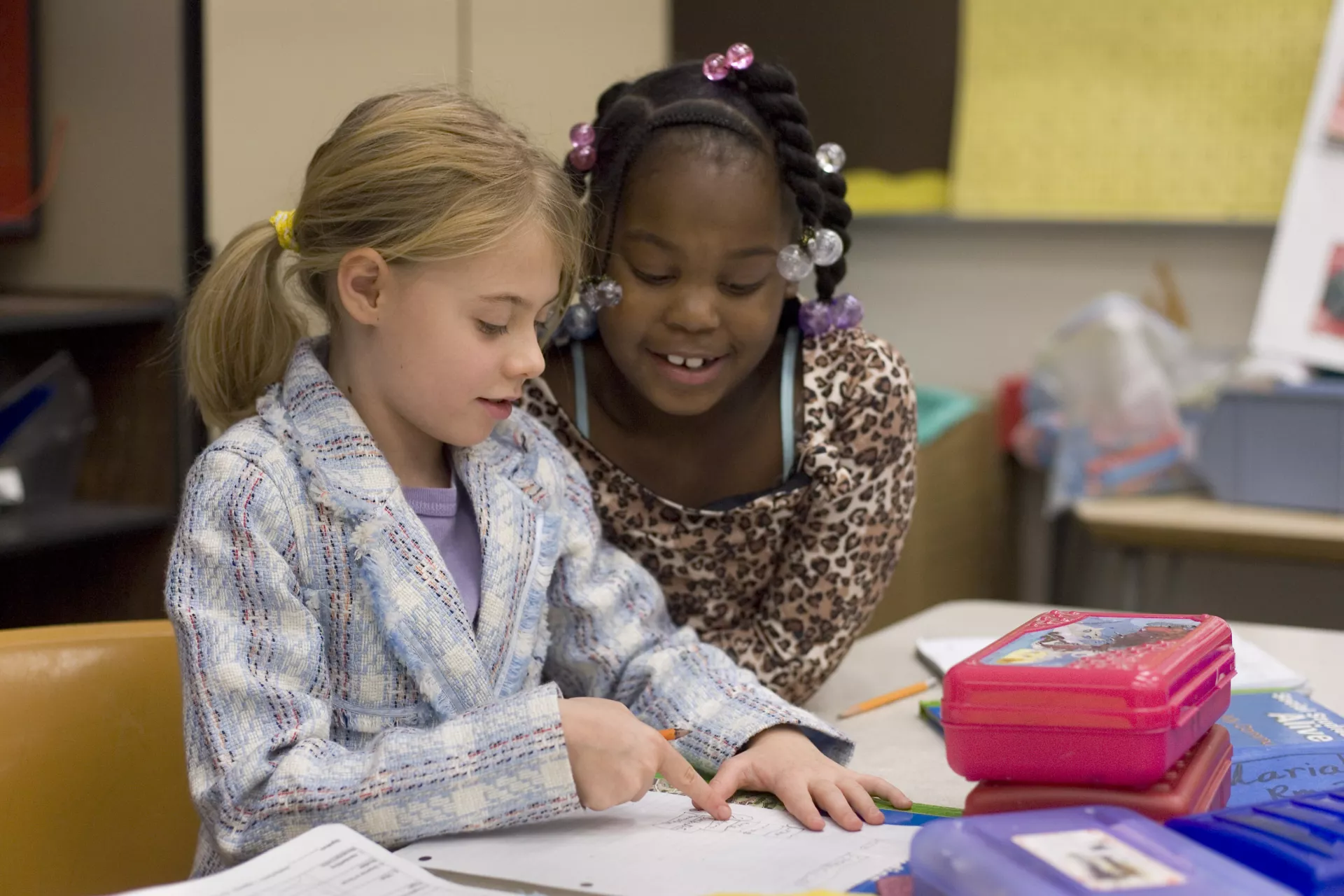1. What is the purpose of a graphic organizer?
Graphic organizers serve several purposes. First and foremost, they can help students to become more organized both in their thinking and in their note taking. I teach ELA, so I have students use bubble and circle maps to brainstorm in a productive, focused way. When students are reading, they can use the graphic organizer to not only do a close reading of the text, but also to refer back to when reading at a later date. In addition, students can use a graphic organizer to keep track of their research for essays. Lastly, graphic organizers can be used to introduce a new skill. A good graphic organizer to use if you are introducing information is a simple KWL chart.
2. How do graphic organizers support student learning of grade-level content?
I like to “jigsaw” with graphic organizers. I will assign one part of the graphic organizer to one group and they are responsible for finding that information to share with the rest of the class. This empowers students and makes them responsible for their learning.
It helps for students to have a graphic organizer to refer back to when they are completing activities in a unit or lesson. One great organizer to use with students is a Frayer Model. Frayer Models are used to practice using vocabulary related to the lesson. You can also fill in the Frayer Models and cut them up; students can then put them back together as review.
Sometimes I will make my own graphic organizers on chart paper and we will answer the questions on a sticky note to attach to the chart paper. Today, in fact, we did this in my classroom and the students did a gallery walk to see what they could add to their own chart. This is good for skill practice and for collaborative learning.
My students and I also use graphic organizers to set goals in reading conferences. I use the same goal-setting graphic organizer with students who might be struggling in my class, so that we can plan together what they can do better. Goal-setting organizers can also be used with restorative practices in talking with students about behavior.
3. What learning challenges do graphic organizers help address?
Graphic organizers are helpful for all students, but they are particularly helpful for English Language Learner (ELL) students and students who are below grade level. They help to chunk and scaffold work for these students. You can give those students a graphic organizer with some of the information filled in already and have them finish filling in the information. For example, use a flowmap if they are writing an essay. For any student, graphic organizers can be a quick way to organize notes and information for later. Visuals can be included in the graphic organizers to make the information easier for them to understand. Furthermore, working on graphic organizers together with their group members can help students, particularly ELLs, to improve their speaking and listening skills.
4. When should you use a graphic organizer? Are there times when it might be unnecessary or overcomplicating?
Before using a graphic organizer you should think about why you are using it. If you do not need it, do not use it. I hate to see people using graphic organizers just to be using graphic organizers. The type of graphic organizer you use should follow its function. If I am doing something like brainstorming, I prefer a circle map or bubble map. If I am working with vocabulary words, a Frayer Model is usually best. When planning an essay, working out a math problem, or creating a timeline of events, a flow map can be beneficial.
5. Where do you go for graphic organizer templates?
Lately, I have been teaching how to do close reading, so I have been using a graphic organizer that I got off of Teaching with a Touch of Twang’s website.
The goal-setting sheet I like to use is from Education Oasis. They also have a progress report graphic organizer that could be really beneficial to use with parents during conferences or to send home to parents when you send home grades.
Our county uses thinking maps a lot. I have them displayed for students to reference. The thinking maps are a circle map, bubble map, double-bubble map, flow map, multi-flow map, tree map, brace map, and bridge map. I mainly use the bubble maps, flow map, circle map, and tree map. Just search for these keywords on the internet, and many free, printable options come up.
If I cannot find the graphic organizer that I want, sometimes I make my own as well, which is easier than it sounds! All you need to do is create a table and determine what information the students need to know.








